What do you know about dog's back pain?
We've all probably experienced some kind of a back pain in our life. It is not a big surprise that it occurs in dogs too. Whether it's caused by some big exertion, an age, injury or arthritis, it is still a pain that needs to be treated well; and the sooner the better. Because pets usually don't act like they're in pain and they can't tell us, you should monitor your dog's movements and read his body language to catch the signs or symptoms early.
Here’s how to know if your dog has back pain:
1) Having a stiff, hunched position
2) Experiencing mobility problems such as limping, dragging, and overall lack of control and coordination
3) Shaking legs or muscle spasms
4) Showing signs of pain (crying, barking) when back is touched
5) Displaying mood or behavioral changes
6) Exhibiting loss of appetite
7) Visible marks of trauma (e.g. bruises, scratch marks)
If your dog shows any of these signs and symptoms, it’s best to consult your veterinarian for a proper diagnosis. It is vital to detect your dog’s back pain early to remedy it as soon as possible.

These are some of the causes of back pain in dogs:
Age – Bones tend to get weaker as the dog ages, making them more prone to back pains.
Injuries – examples include spinal trauma and minor injuries caused by a bad landing or wrong movement. They cause damage to the spine, thus inducing back pain.
Intervertebral Disc Disease (IVDD) – this is the most common cause of back pain in dogs. This occurs when the dog’s spinal cord is damaged, causing pain over time. This commonly happens in dogs with longer spines such as Dachshunds, Pugs, and Corgis.
Arthritis – damaged joints near the spine can induce injury, which can result in back pain.
Inflammatory disorders – acute and chronic inflammation or inflammatory conditions such as IBD and canine distemper can also cause pain in several parts of a dog’s body.
HOW TO PREVENT IT?
Watch the weight
One of the most important thing you can do for your dog is to feed him well. Your dog's diet should contain all nutrition he needs. Proteins, vegetable, healthy fat and vitamins. Ask your vet, your friends or read reviews to find the best one. Good advice is also to watch the stool during some time and you'll see it for yourself. Your dog should be happy to eat it.
Monitor exercise
Keep your dog in shape. Walk/run/jog with your dog, take him to the beach for a good swim, or stay home at your swimming pool. Get a frisbee and/or play a ball. It is totally up to you and your preference, but giving your dog a proper exercise is a good thing.
Avoid slippery surfaces
There are a few places at our homes that can have slippery surface. Rooms with tiles, linoleum or hardwood floors. Even though your dog does not have a back pain, you should make sure, he will not hurt himself on it. A simple rubber mat or small carpets will be a great solution.
Limit jumping
Limit jumping means not let the dog jump up and down from a big height, such as your coach, bed or your car as well. It could hurt the joints. You can teach him to wait for you to lift him up and take him down, or you can add a ramp/stairs to it to avoid tough jumps. Sometimes the dog can be scared of it, so you might have to train him to use the ramp, but with a little treat as a motivation it's a very easy and fun thing to do.
DON'T FORGET ABOUT THE BEST COMFORT
This is a real "Mercedes" between dog sofas and beds. The Orthopedic dog bed LIVINGSTON offers the best possible comfort for all dogs and breeds, especially then to dogs with joint, hip and back problems. The dog sofa is only slightly raised from the ground and has no edge in the front, so the dog can access the bed easily. There is a memory foam mattress inside that perfectly balances dog's body weight as needed.
In case of incontinence or similar, the absorbent pads can be placed in a specially designed inner pocket with zipper. While the pleasant structured fabric gives the sofa an elegant look, the lying surface scores with warming, cuddly plush trimmings. A small embroidered HUNTER logo discreetly adorns the front. The bed has also non-slippery bottom thanks to which it stays always in place. The whole bed cover can be easily removed and machine-washed at low temperature (86°F/30°C).


4 SIMPLE DOG MASSAGES YOUR DOG WILL LOVE
Backstroke - This type of back rub is calming and relaxing for dogs and can be also a good dog starting massage for anxious dogs that are fearful of human touch. Starting slowly at the back of the head, stroke up and down either side of your dog’s spine using very gentle pressure. Be sure to stay off the bone.
Forehead Rub - Calming points are primarily located on your pet’s head. You can start with the massage at the top of your dog’s nose, using gentle pressure, run your thumb from the top of the nose and over the head, going back and forth slowly.
Thigh and Glute Rub - This dog massage therapy technique is intended for your dog’s back legs and glutes. Using gentle pressure, press both thumbs into the thigh or glute muscle, and make a backwards “c.” Slowly work your way across the entire muscle, making these clockwise thumb circles.
Note - Dog massage for arthritis should be done only by a professional under the medical guidance of a veterinarian.
TIP - use this thumb-circle technique also to massage the base of the neck. Dog's can't reach their necks, so this will make your dog feel like in heaven.
Ear Rub - Most dogs appreciate even the most basic ear rub, but you go a little further. For this simple massage, start with your thumb on the inner side of your dog’s ear, at the base of the ear flap; your index finger should be outside the ear. Using gentle pressure, slowly stroke out towards the end of the ear and conclude with a gentle pull. Your dog will certainly enjoy it.

To give your dog a nice calming experience, you should be calm yourself while doing the massage because the dogs can feel and pick up your energy too.
Always check your dog's body language to see if the dog likes it. If he is in relaxing pose, leaning into your hands or even falling into sleep, it's all good.
On the other hand, if the dog is not comfortable with you doing it, stop immediately and give him a little bit of space to calm down.
Enjoy your time together!



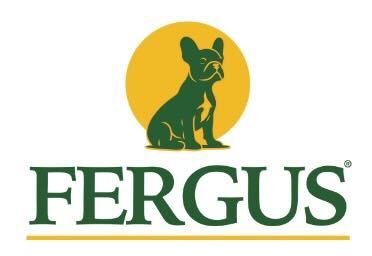
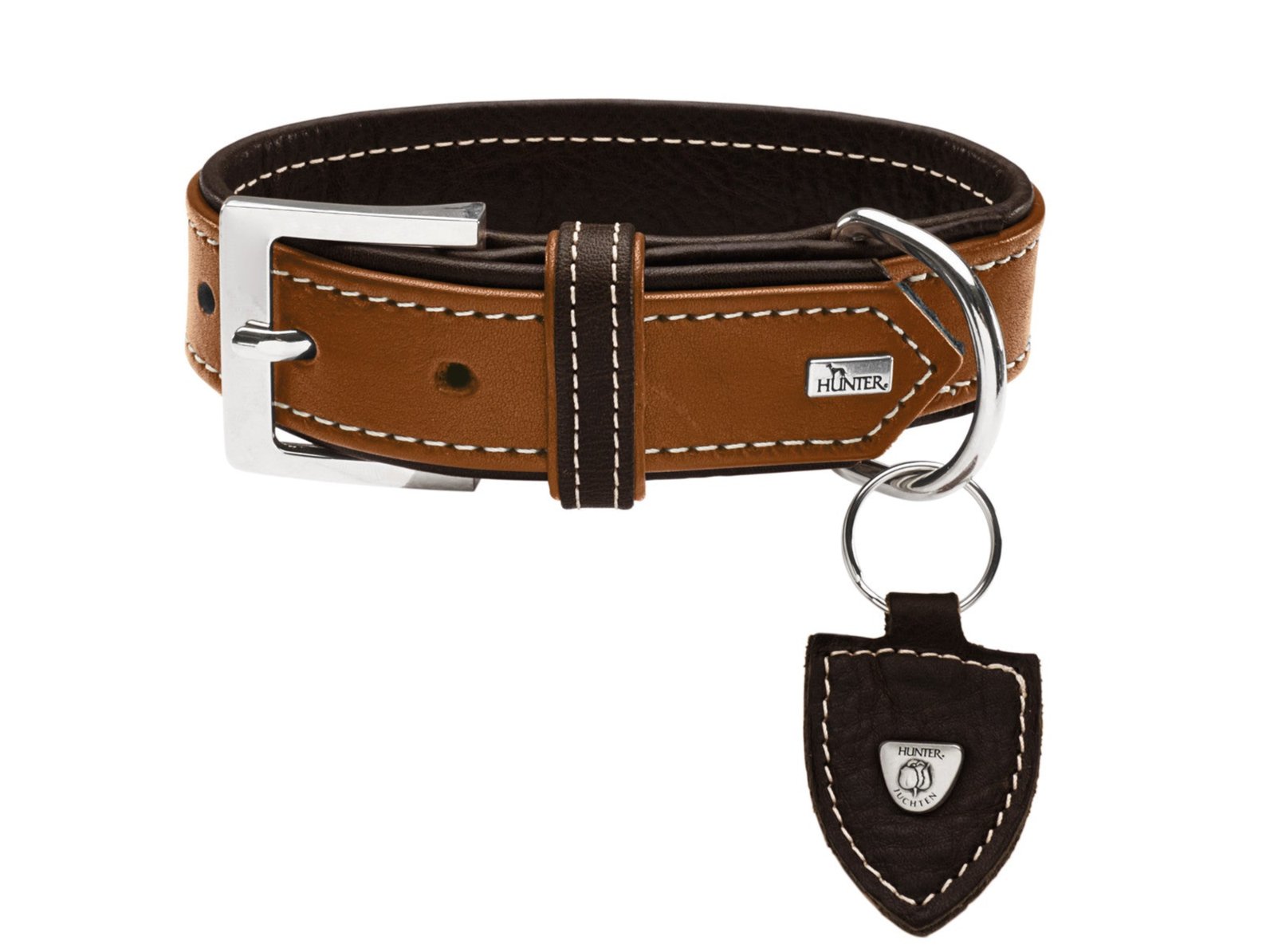

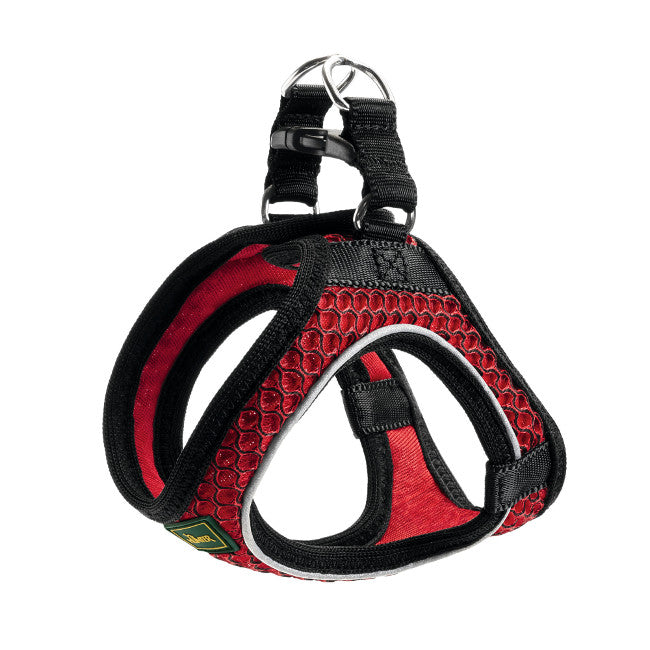
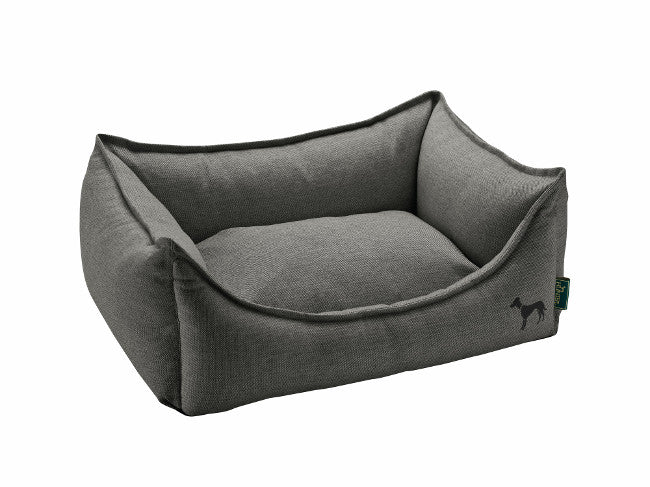


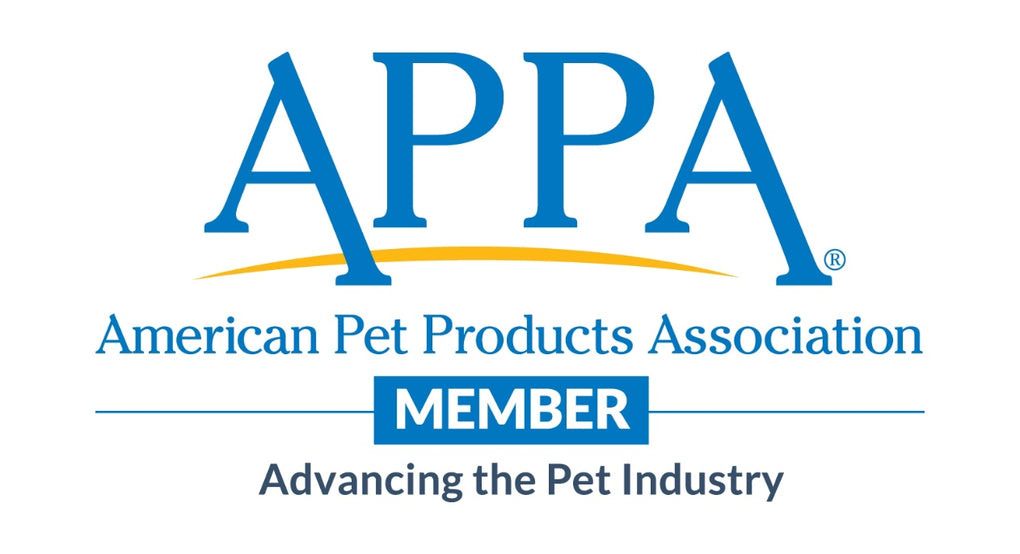
Leave a comment